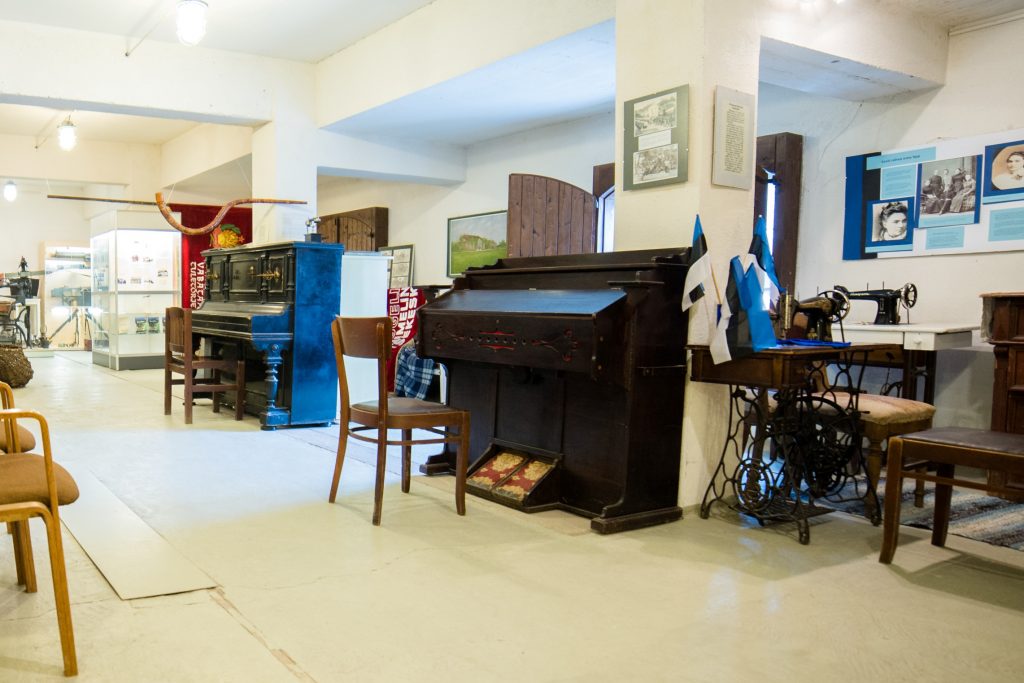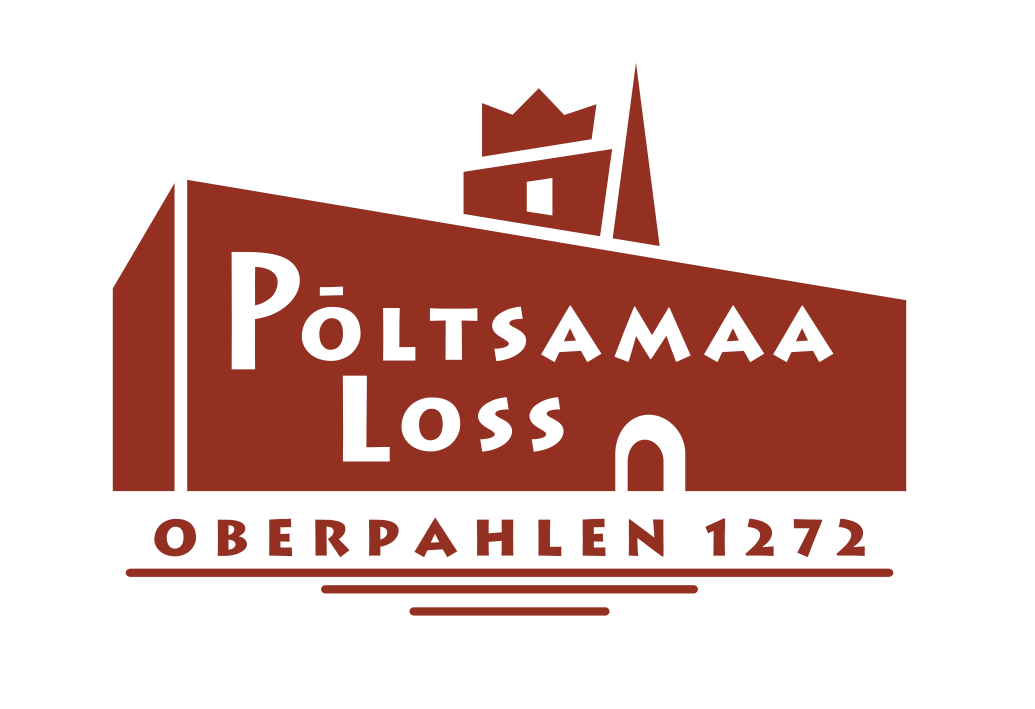Põltsamaa museum exhibits many different findings from Põltsamaa castle, as well as from the surrounding. Some objects have been with the museum since the very beginning, others have found their way to the collection through time, mainly thanks to kind donators and home-researchers. TOP5 exhibits in the museum are:
Corner console “The Kiss of Põltsamaa”
The first church in Põltsamaa was located on the left riverbank. The priest Eggehard was already mentioned in the year 1234. Põltsamaa was looted and the church destroyed during the war between Poland and Sweden in the year 1600. There is little known about the church, one can assume it also had defensive functions because if it didn’t, it probably wouldn’t of had been completely destroyed. The limestone corner console with a relief of two heads that had been melted together was found in the year 1960 at the old church site. It is believed that the faces on the corner console belong to two men – Jesus and Jude. That’s why the most respectable showpiece in the museum is called the kiss of the Jude. But it is also romantic to see female features on the face on the right side and that’s why there is a wide-spread rumour of the Põltsamaa kiss.
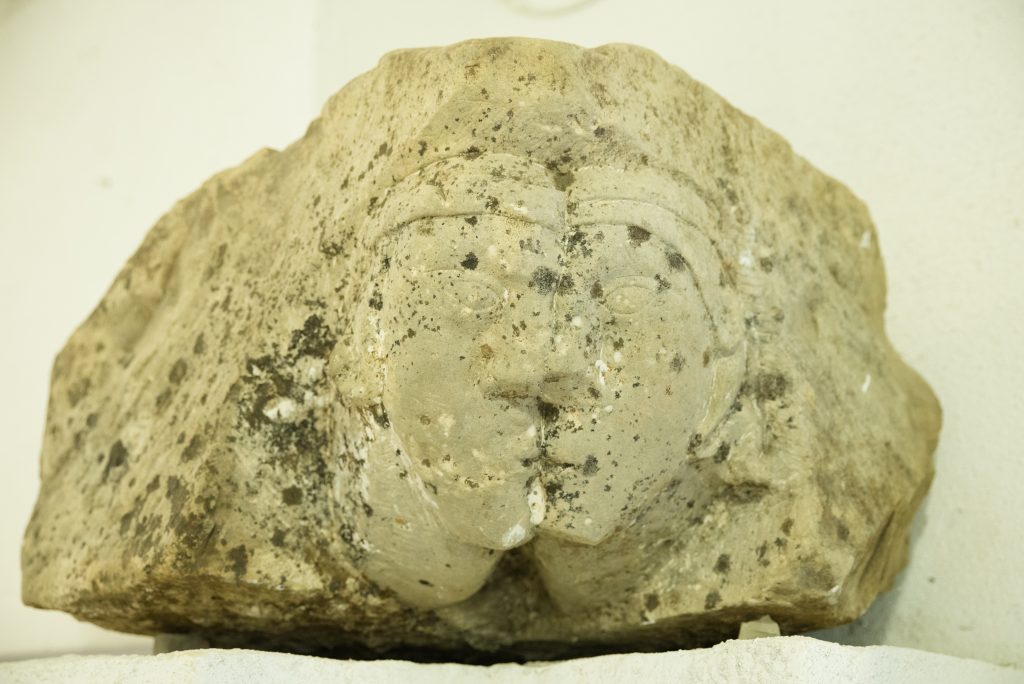
Põltsamaa porcelain
The owner of the castle Woldemar Johann von Lauw founded many manufactories in the 18th century. The most exotic of them all was the porcelain manufactory founded in the year 1782. 6 Germans and 3 Estonians worked in this manufactory which was located in the castle yard. The products of the porcelain manufactory that were painted blue and white got general acknowledgement, but they couldn’t pay for the operating expenses and that’s why the production only lasted until the end of the 18th century. The Põltsamaa porcelain is rare. The porcelain items found during the excavations in the 1970’s are now situated in the Estonian Museum of Applied Art and Design and in the Põltsamaa Museum.
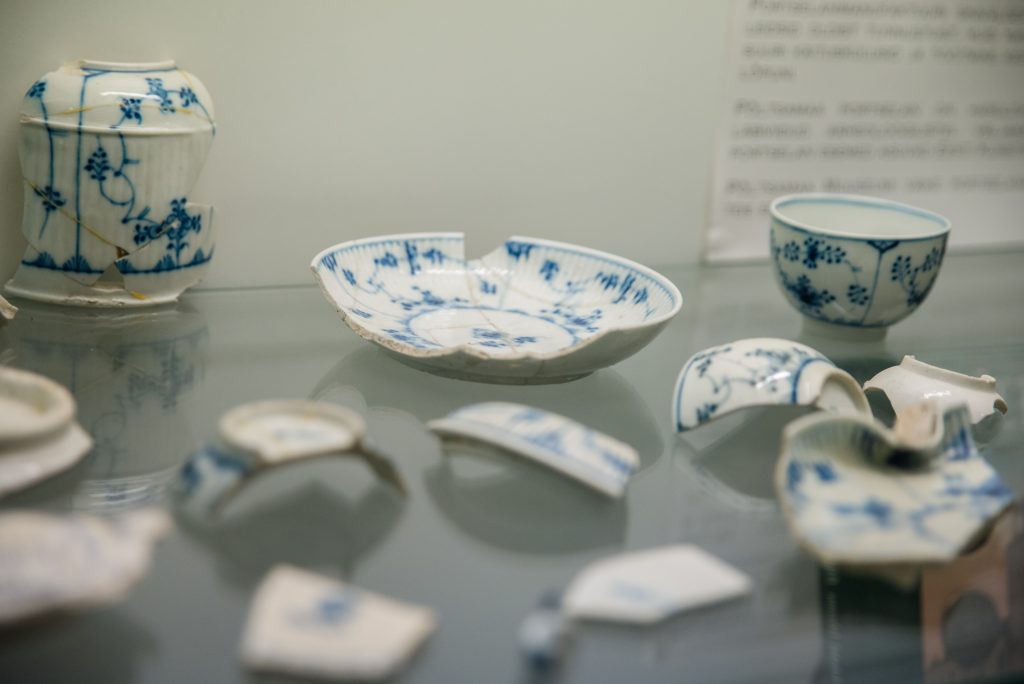
Gold coin
A rare golden coin, that was probably coined by count Guilelmus (Wilhelm) IX who reigned in the years 1493 to 1518 in the Montfort County in Austria, was found at Kuningamägi on the 20th of May in 1997. It is a copy of a popular type of coins in France- the ecu d´or au soleil. This coin had the name Sonnenkrone in the middle-aged Livonia. The coin belongs to the collection of the History Institution.
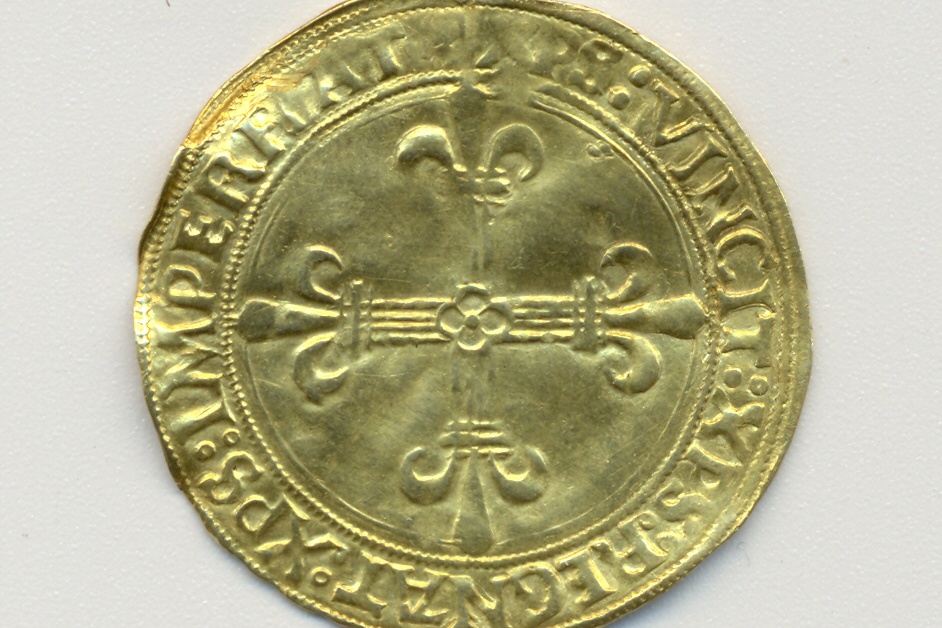
Herding trumpet
The first museum in Põltsamaa was situated in the castle and was destroyed in the flames of war along with the church and castle. The herding trumpet made out of silver bark was the most gorgeous showpiece in the museum. The herding trumpet was lent out for a play in the fire station in the year 1940 but was forgotten to bring back to the museum. The castle, church and a big part of the town burned on the 14th of July 1941. Luckily the fire station was mostly untouched by the fire and so the herding trumpet survived. After the war a hobby historian recognized the former museum showpiece, the herding trumpet, amongst other items at the fire station and took it in his possession. He gave the herding trumpet to Kodulootare (a home museum) of Heino Joost in the year 1992. The unique 150-year-old herding trumpet from Umbusi found its rightful place among the showpieces in the Põltsamaa Museum in the year 1997.
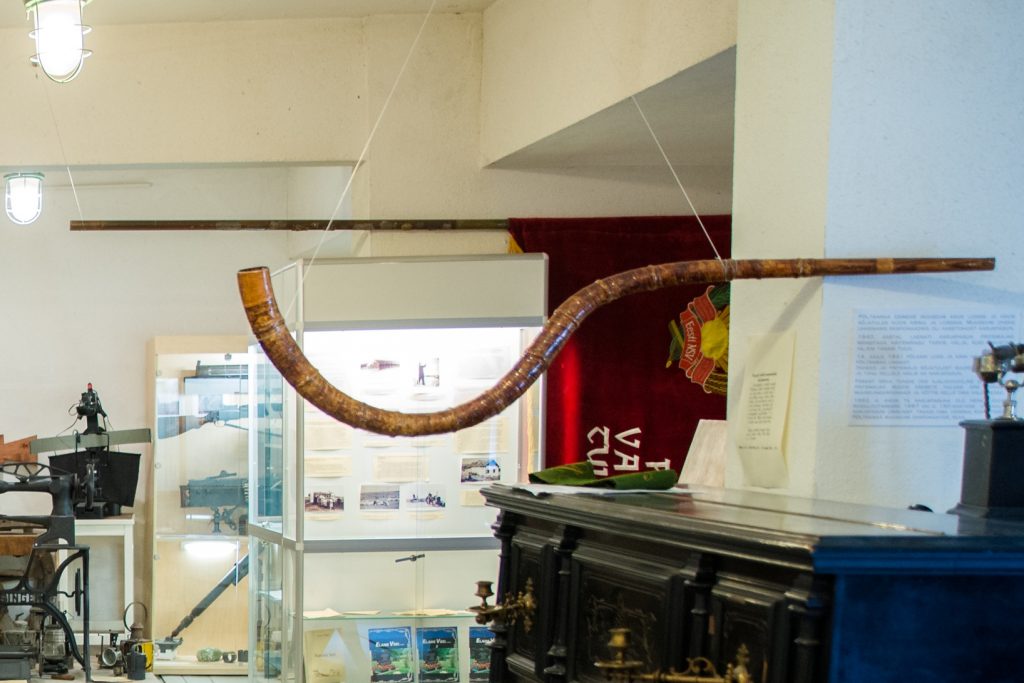
Harmonium Woodstock Canada
The harmonium was bought by Evald Põldmaa from Mullavere village after seeing the advertisement in the newspaper. The musical instrument that was in a really bad condition cost 500 roubles. The dignified harmonium was probably used in the canonical hours decades ago. The musical instrument was completely broken during the war, put together again later and painted with a thick brown paint. Evald Põldmaa got the musical instrument to ring again, removed the brown paint and ebonized the musical instrument.
The harmonium is the apple of the eye for the Põltsamaa Museum because it just demands that someone plays on it. Many difficult and easy pieces have been played on it in the museum.
